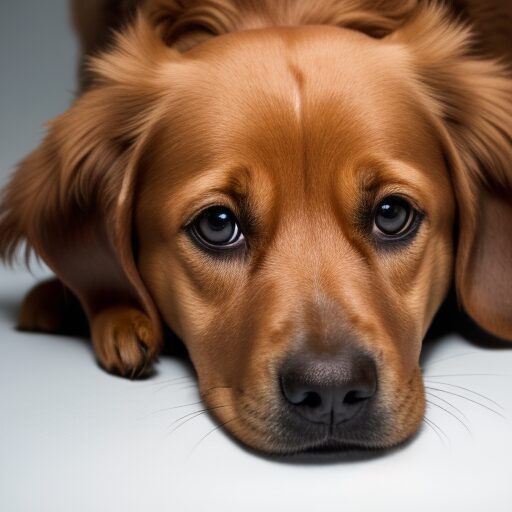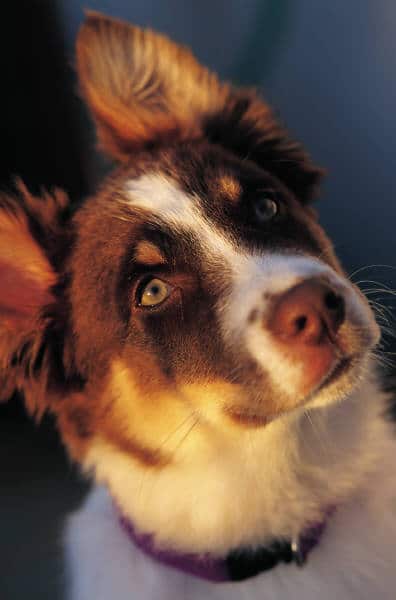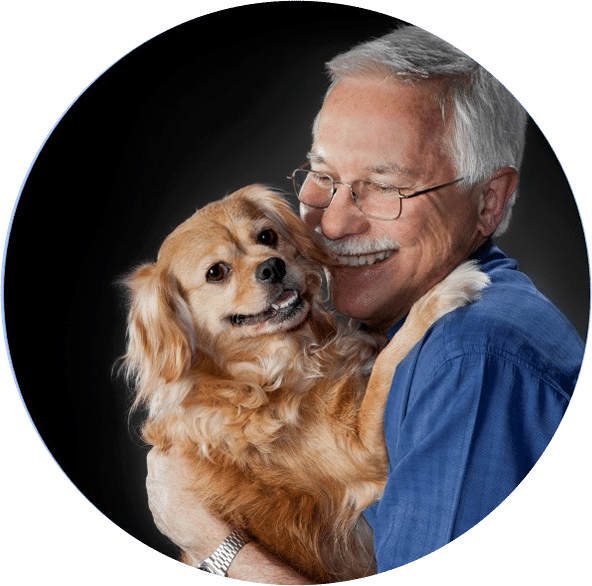Anal Gland Disease and Its Treatment
Anal Gland disease is a common and distressing condition in pets and is one of the common causes of ‘scooting’ behaviour – where a dog or cat drags its derriere along the carpet.
What are Anal Glands?
Anal Glands or Anal Sacs are small glands on either side of your dog’s or cat’s anus at roughly the four o’clock and eight o’clock positions.
They contain a mucous which has a foul smell – the worse known to mankind and that could well be used for chemical warfare!
The purpose of the secretion produced by the sacs, at least in wild dogs, is to mark territory. Nowadays, some bold, tough dogs will also mark their territory by rubbing their nether regions on vertical structures such as trees.

The function is the same as when a male dog cocks its leg to urinate on a tree but the scent left by anal glands is far stronger.
The sacs are also emptied with the dog is scared or frightened. You may have noted that, when your dog has had a sudden scare, it develops an awful, pungent odour. This is usually because your dog has emptied its anal sacs over its rear end. Cleaning up its rear end (from a distance!) will help to reduce the smell and spraying the product, Bac To Nature, on the area is useful for this purpose.
So why do dogs scoot along on their bottoms?
If you see the scooting behaviour, it means your dog has some type of irritation around its rear end. This can be due to fleas, an allergic or itchy skin condition, occasionally to worms but mostly the cause is impacted or infected anal sacs.
The swelling and infection hurt. Attempts to pass a motion will cause a lot of pain – so much that the dog may not go to the toilet as often as it should and constipation can occur. The pain will cause your dog to regularly lick its rear end and it may whimper with discomfort.
If your dog’s anal sac disease is left untreated, the sacs will often rupture and an abscess will develop around the anus. Sometimes these are difficult to cure.
So why do dogs scoot along on their bottoms?
If you see the scooting behaviour, it means your dog has some type of irritation around its rear end. This can be due to fleas, an allergic or itchy skin condition, occasionally to worms but mostly the cause is impacted or infected anal sacs.
The swelling and infection hurt. Attempts to pass a motion will cause a lot of pain – so much that the dog may not go to the toilet as often as it should and constipation can occur. The pain will cause your dog to regularly lick its rear end and it may whimper with discomfort.
If your dog’s anal sac disease is left untreated, the sacs will often rupture and an abscess will develop around the anus. Sometimes these are difficult to cure.
What needs to be done to treat Anal Sac Disease?
If your dog has impacted anal sacs, having them properly emptied by your veterinarian may be all you need to do to solve the problem. Your veterinarian will normally do this by placing a gloved finger inside your dog’s rectum and gently squeezing the discharge out. Not a pleasant task!
Sometimes the secretion is too thick to squeeze out or it may cause too much pain. In such cases, the sacs have to be cleaned under anesthetic.
While one cleaning session will often solve the problem, in some cases, repeated cleaning is needed. If this happens with your dog, you would do well to ask for a thorough flush and clean under anesthetic. As well as flushing the glands, your vet will usually instill an antibiotic ointment into each gland too. Your vet will usually give antibiotic medication to complete the therapy.
If you are bored and have nothing better to do and you also own a gas mask, it’s possible for you to manually empty your dog’s anal glands yourself Ask your vet to show you how. Alternatively, most dog groomers will do the job for you as well.
If your dog is suffering from anal sac disease regularly, your veterinarian may suggest surgical removal of the sacs. They are unnecessary and removal does not cause any side effects.
Changing your dog’s diet is often useful. The goal is to make your dog’s droppings more bulky so that squeezing of the sacs during toileting, is more common. The usual way of doing this is to increase the fibre in your dog’s diet by adding bran or grated carrot to its ration.

Diet Considerations
Many dogs with anal sac disease are ‘over-round hounds’. Obesity in dogs causes many problems and anal sac disease is just one. Thankfully, prescription diets are available to help you reduce your dog’s weight and, as these diets are also high in fibre, they will help with anal sac disease too. Ask for your veterinarian for advice on what food is best. Personally I advise Hills Prescription Diet r/d for this purpose. Also the Hills Prescription Diet w/d and the Hills Science Diet Light, both of which are high fibre rations, will help.
